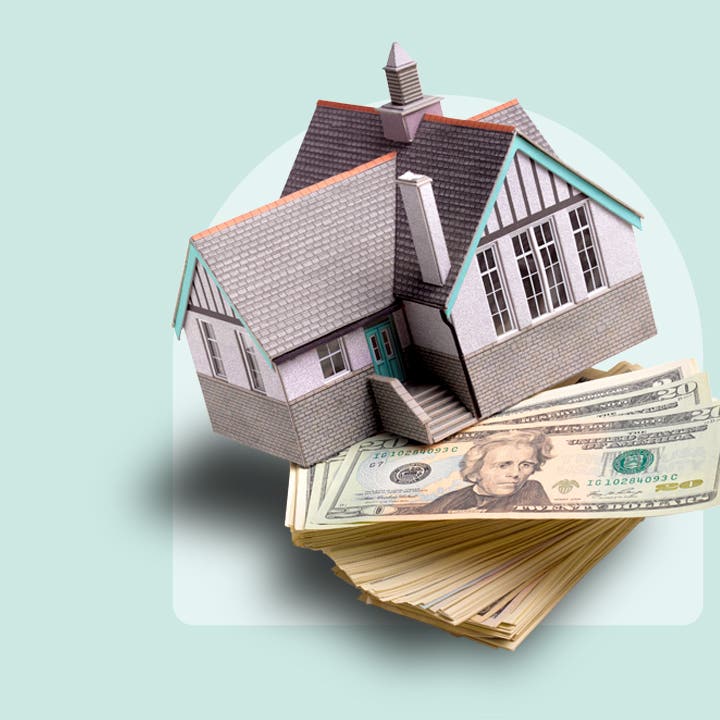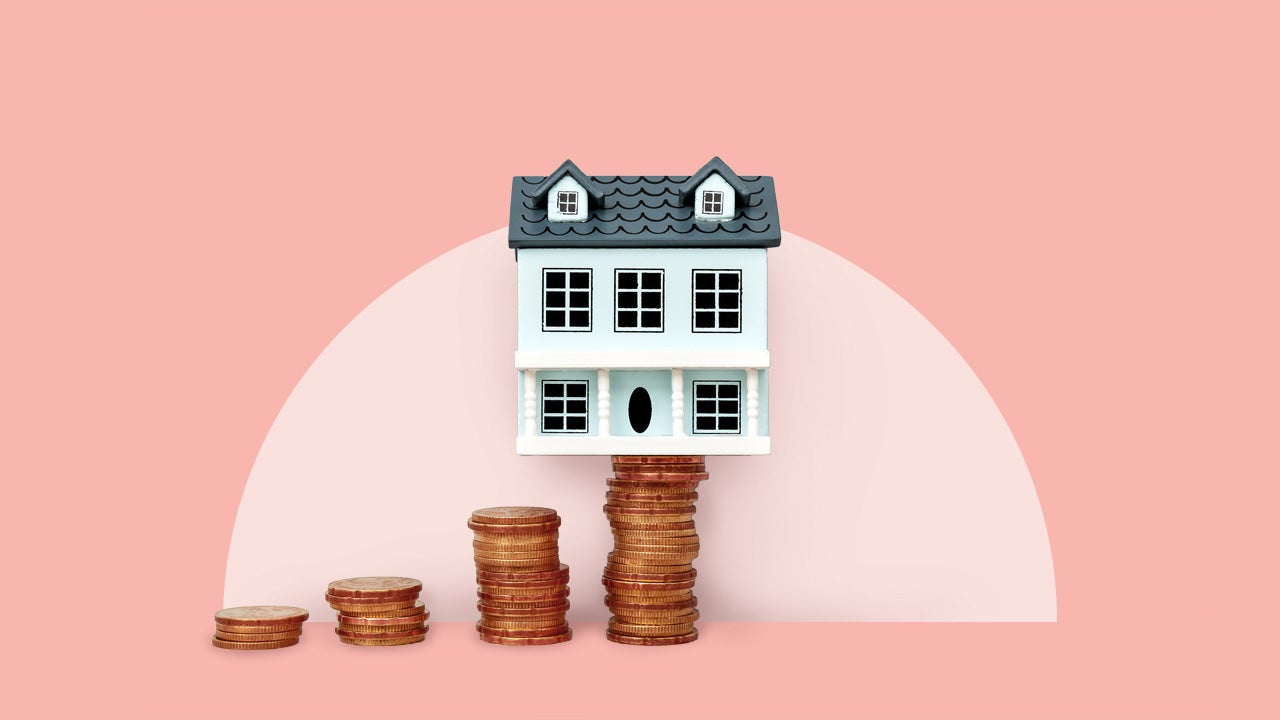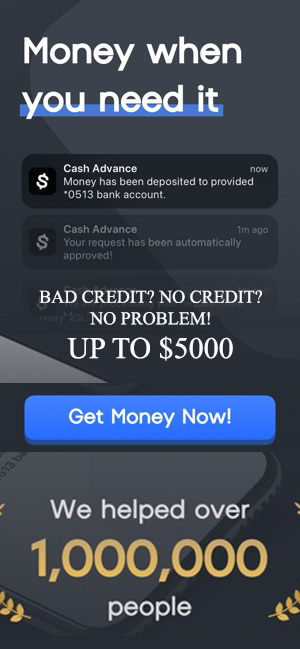Image by GettyImages; Illustration by Bankrate
It’s a mixed showing for home equity rates as the Federal Reserve lowered interest rates by a quarter point, its second rate reduction in 2025. The benchmark 5-year $30,000 home equity loan fell nine basis points to 8.02 percent, its lowest level since March 2023, according to Bankrate’s national survey of lenders. Meanwhile, the $30,000 home equity line of credit rose five basis points to 7.90 percent.
According to Ted Rossman, senior industry analyst at Bankrate, the Fed rate cut should set the stage for discounts in new HELOC and home equity loan offers. “In the five weeks since the Fed’s quarter-point cut in September, the average HELOC rate declined from 8.05 percent to 7.85 percent and the average 10-year home equity loan rate declined from 8.43 to 8.28 percent,” he said. “While new customer offers don’t necessarily have to follow the Fed, a similar downward trend is likely in the weeks to come.”
| Current | 4 weeks ago | One year ago | 52-week average | 52-week low | |
|---|---|---|---|---|---|
| HELOC | 7.90% | 7.89% | 8.68% | 8.21% | 7.84% |
| 5-year home equity loan | 8.02% | 8.21% | 8.35% | 8.32% | 8.02% |
| 10-year home equity loan | 8.21% | 8.36% | 8.46% | 8.46% | 8.21% |
| 15-year home equity loan | 8.10% | 8.24% | 8.38% | 8.38% | 8.10% |
| Note: The home equity rates in this survey assume a line or loan amount of $30,000. | |||||
What’s driving home equity rates today?
Both HELOC and home equity loan rates have declined substantially from their 2024 highs. Rates are being driven primarily by two factors — the first one is the Federal Reserve’s actions. In particular, the Fed impacts the cost of variable-rate products, like HELOCs. At its October meeting, the central bank cut interest rates by an expected quarter point.
But what could complicate matters for the Fed is the government shutdown, now the second-largest work stoppage ever. The shutdown has not only delayed crucial economic data, like the monthly jobs report, but it has also created greater economic uncertainty.
Add to that lender competition, promotional offers and underwriting standards, all of which also have an impact on HELOC and home equity loan rates, says Stephen Kates, senior analyst at Bankrate. But beyond rates, “Some banks offer additional perks or services that may benefit borrowers,” he says. “Shopping around and comparing multiple offers is the best way to secure a competitive rate and find a banking relationship that aligns with your financial goals.”
Current home equity rates vs. rates on other types of credit
Because HELOCs and home equity loans use your home as collateral, their rates tend to be much less expensive — more akin to current mortgage rates — than the interest charged on credit cards or personal loans, which aren’t secured.
| Credit type | Average rate |
|---|---|
| HELOC | 7.90% |
| Home equity loan | 8.02% |
| Credit card | 20.03% |
| Personal loan | 12.25% |
|
Source: Bankrate national survey of lenders, Oct. 29 |
|
While average rates are useful to know, the individual offer you receive on a particular HELOC or new home equity loan reflects additional factors like your creditworthiness and financials. Then there’s the value of your home and the size of your ownership stake. Lenders generally limit all your home loans (including your mortgage) to a maximum 80 to 85 percent of your home’s worth.
Keep in mind: Even if you’re able to secure a favorable rate from a lender, home equity products are still relatively high-cost debt.

Unlock your home’s value
A fixed-rate home equity loan offers a lump-sum payout and a predictable repayment schedule.
Explore offers
Why we ask for feedback
Your feedback helps us improve our content and services. It takes less than a minute to
complete.
Your responses are anonymous and will only be used for improving our website.
Help us improve our content
Read the full article here
















